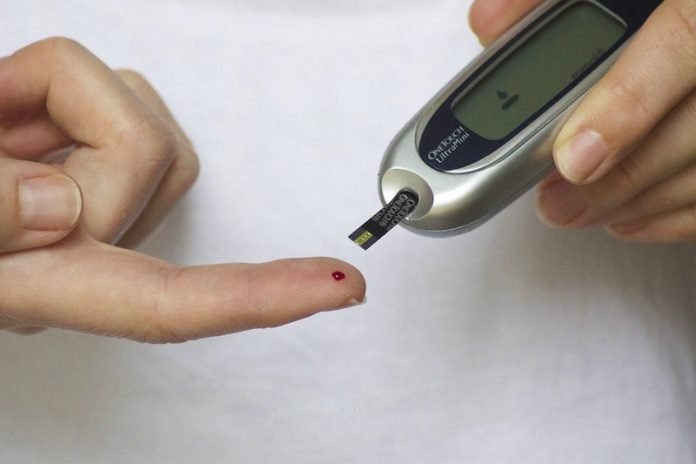
In a new study, researchers say that adults with type 2 diabetes may have more to gain by participating in physical activity and exercise than healthy adults, but they may also have more to lose.
The research was conducted by a team at the University of Alberta exercise and diabetes physiology experts.
Exercise can improve one’s glucose levels, which can help slow the progression of diabetes and reduce the need for additional medications.
On the other hand, people with type 2 diabetes have more risk factors for heart events with exercise and, depending on the medications they take, may be at greater risk for low blood sugar, which can result in a variety of harmful symptoms such as shakiness, or even loss of consciousness.
According to the 2018 Clinical Practice Guidelines for Physical Activity and Diabetes, at least 150 minutes per week of aerobic exercise and at least two sessions per week of resistance exercises are recommended for adults with type 2 diabetes.
The guidelines also suggest reducing sedentary activities and recommend trying to interrupt sitting time by getting up every 20 to 30 minutes.
The researchers note that incorporating a healthy, appropriate diet with exercise can help further reduce glucose levels for people with type 2 diabetes.
The team also says said finding an achievable balance between exercise and diet requires planning.
The overall health benefits of regular exercise and physical activity can help adults living with diabetes reach a variety of goals, such as increased fitness and energy levels, help with glycemic control, decreased insulin resistance, and reduction and maintenance of weight loss/
Currently, the researchers are recruiting subjects for a study to compare exercise in the morning, after an overnight fast, with the same activity performed after breakfast.
In recent years, the importance of the timing of exercise has been a topic of debate and led to conflicting recommendations.
The researchers hope the results can offer people with type 2 diabetes simple strategies for more effective exercise.
Until then, they encourage people to start a regular exercise program by following a few simple steps:
Step 1: Have a conversation with your doctor about the risks and benefits of exercise, and discuss what may be best for you as part of your current treatment plan.
Step 2: Consider your past history with the sport, exercise and physical activity to help determine which activities you most enjoy and feel comfortable participating in.
Step 3: Set achievable goals. Rees suggests a walking program is a great place to begin, and simple strategies like walking with friends or family, or joining a walking club, can increase your likelihood of sticking with it over time.
While incorporating a physical activity program is important for all adults, everyone has preferences and barriers for physical activity and exercise, and setting achievable, realistic goals is an important part to help favor participation.
One researcher of the study is U of A diabetes researcher Normand Boulé.
Copyright © 2019 Knowridge Science Report. All rights reserved.




